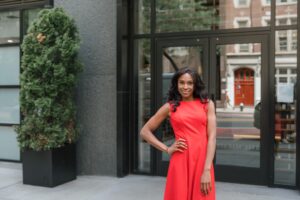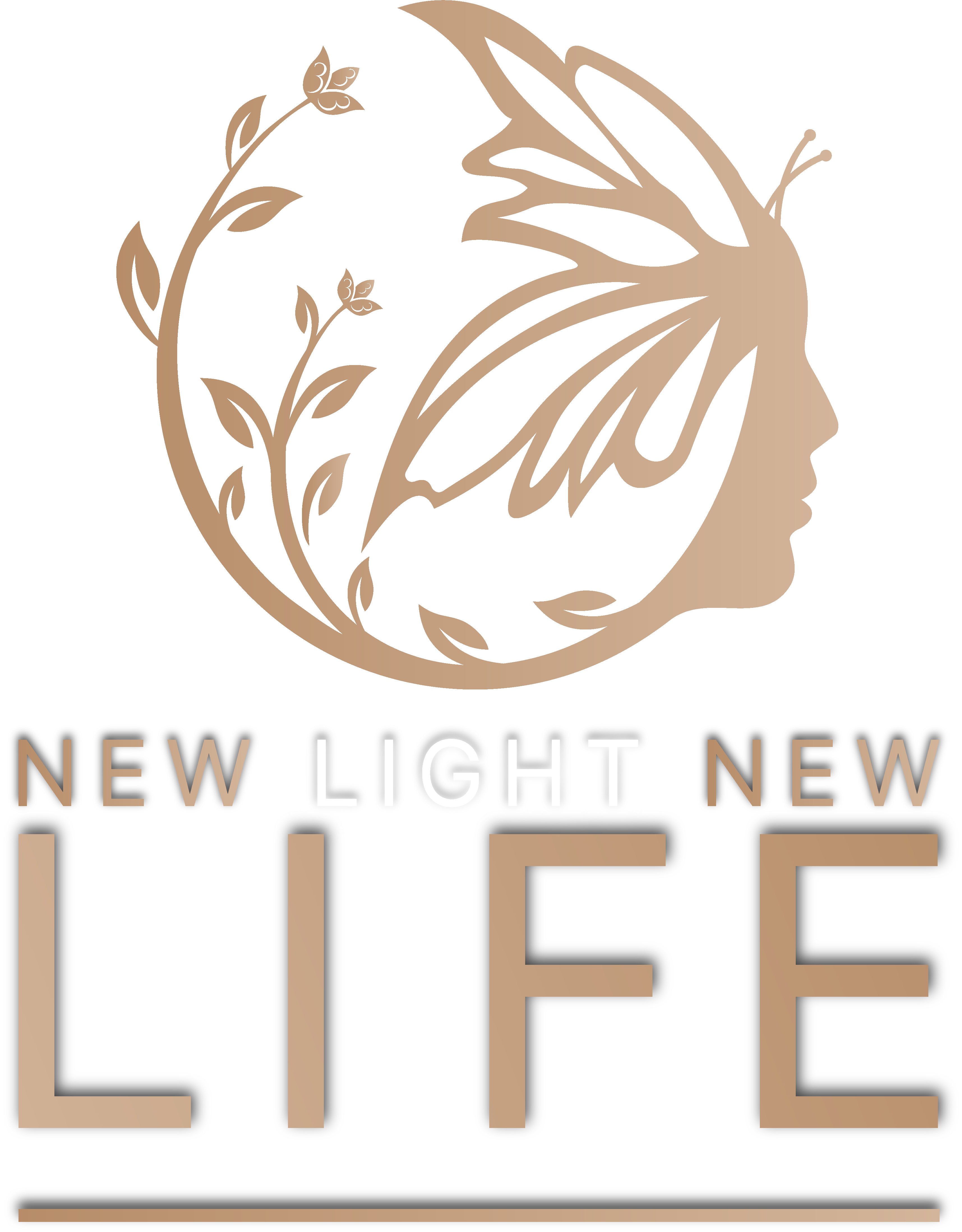How Appearance Affects Self-Image: Exploring the Power of Personal Presentation
In today’s society, appearance plays a significant role in shaping our perceptions of ourselves and how we are perceived by others. The way we present ourselves, from our physical appearance to our style choices, can have a profound impact on our self-image. This article delves into the intricate relationship between appearance and self-image, exploring the psychological and social aspects that contribute to this connection. By understanding the influence of appearance on self-perception, we can gain insights into the importance of embracing our uniqueness and nurturing a positive self-image.The Role of Appearance in Self-Image Formation
However, it is essential to recognize that appearance is not solely about conforming to societal norms. It is a personal expression of identity and individuality. By embracing our unique features, styles, and characteristics, we can cultivate a positive self-image. Understanding that beauty comes in various forms helps us appreciate our own distinctiveness and build confidence in our appearance.
 Our appearance has a profound impact on our psychological well-being and self-image. Research suggests that individuals who feel satisfied with their appearance tend to have higher self-esteem, better mental health, and a more positive outlook on life. Conversely, those who experience negative self-perceptions related to their appearance are at a higher risk of developing body image issues, low self-esteem, and even mental health disorders such as depression and anxiety.
Society’s emphasis on physical attractiveness can create a distorted perception of self-worth. Individuals may feel pressured to constantly meet beauty standards, leading to excessive self-criticism and self-doubt. This negative self-perception can significantly affect various aspects of life, including relationships, career aspirations, and overall happiness.
However, it is crucial to challenge societal beauty standards and redefine the concept of beauty. Embracing diversity and promoting inclusivity allows individuals to celebrate their unique features and cultivate a healthier self-image. Recognizing that beauty extends beyond physical appearance and encompasses inner qualities and personal achievements can help shift the focus from external validation to self-acceptance.
Our appearance has a profound impact on our psychological well-being and self-image. Research suggests that individuals who feel satisfied with their appearance tend to have higher self-esteem, better mental health, and a more positive outlook on life. Conversely, those who experience negative self-perceptions related to their appearance are at a higher risk of developing body image issues, low self-esteem, and even mental health disorders such as depression and anxiety.
Society’s emphasis on physical attractiveness can create a distorted perception of self-worth. Individuals may feel pressured to constantly meet beauty standards, leading to excessive self-criticism and self-doubt. This negative self-perception can significantly affect various aspects of life, including relationships, career aspirations, and overall happiness.
However, it is crucial to challenge societal beauty standards and redefine the concept of beauty. Embracing diversity and promoting inclusivity allows individuals to celebrate their unique features and cultivate a healthier self-image. Recognizing that beauty extends beyond physical appearance and encompasses inner qualities and personal achievements can help shift the focus from external validation to self-acceptance.
The Psychological Impact of Appearance on Self-Image
 Our appearance has a profound impact on our psychological well-being and self-image. Research suggests that individuals who feel satisfied with their appearance tend to have higher self-esteem, better mental health, and a more positive outlook on life. Conversely, those who experience negative self-perceptions related to their appearance are at a higher risk of developing body image issues, low self-esteem, and even mental health disorders such as depression and anxiety.
Society’s emphasis on physical attractiveness can create a distorted perception of self-worth. Individuals may feel pressured to constantly meet beauty standards, leading to excessive self-criticism and self-doubt. This negative self-perception can significantly affect various aspects of life, including relationships, career aspirations, and overall happiness.
However, it is crucial to challenge societal beauty standards and redefine the concept of beauty. Embracing diversity and promoting inclusivity allows individuals to celebrate their unique features and cultivate a healthier self-image. Recognizing that beauty extends beyond physical appearance and encompasses inner qualities and personal achievements can help shift the focus from external validation to self-acceptance.
Our appearance has a profound impact on our psychological well-being and self-image. Research suggests that individuals who feel satisfied with their appearance tend to have higher self-esteem, better mental health, and a more positive outlook on life. Conversely, those who experience negative self-perceptions related to their appearance are at a higher risk of developing body image issues, low self-esteem, and even mental health disorders such as depression and anxiety.
Society’s emphasis on physical attractiveness can create a distorted perception of self-worth. Individuals may feel pressured to constantly meet beauty standards, leading to excessive self-criticism and self-doubt. This negative self-perception can significantly affect various aspects of life, including relationships, career aspirations, and overall happiness.
However, it is crucial to challenge societal beauty standards and redefine the concept of beauty. Embracing diversity and promoting inclusivity allows individuals to celebrate their unique features and cultivate a healthier self-image. Recognizing that beauty extends beyond physical appearance and encompasses inner qualities and personal achievements can help shift the focus from external validation to self-acceptance.
The Social Implications of Appearance and Self-Image
Our appearance not only affects our perception of ourselves but also influences how we are perceived and treated by others. Society often forms initial impressions based on physical appearance, which can impact social interactions, opportunities, and judgments. This societal bias can create a sense of pressure to conform to certain beauty ideals, making individuals feel judged and scrutinized. However, it is essential to challenge these biases and strive for a more inclusive and accepting society. By promoting diverse representations of beauty and challenging stereotypes, we can create a more inclusive environment where individuals feel valued for their unique qualities rather than their appearance alone. Moreover, by cultivating a positive self-image, individuals can project confidence and authenticity, which can positively influence how others perceive and interact with them. Embracing self-acceptance and practicing self-care can enhance self-esteem and empower individuals to navigate social situations with grace and confidence. Our appearance has a profound impact on our self-image, influencing our psychological well-being and social interactions. While societal beauty standards can create pressure and negative self-perceptions, it is crucial to challenge these norms and celebrate diversity. By embracing our unique features and cultivating a positive self-image, we can break free from the limitations imposed by society and truly embrace our authentic selves. Recognizing that beauty comes in all shapes, sizes, colors, and forms empowers us to appreciate our individuality and build a strong foundation of self-worth. It is essential to prioritize self-care and nurture our physical and mental well-being. By adopting healthy lifestyle habits, practicing self-love, and engaging in activities that bring us joy, we can enhance our self-image and overall confidence. Taking care of our bodies, such as maintaining good hygiene, engaging in regular exercise, and nourishing ourselves with a balanced diet, not only improves our physical appearance but also contributes to a positive self-perception.
Furthermore, exploring personal style and expressing ourselves through fashion and grooming choices can be a transformative experience. When we dress in a way that reflects our personality and makes us feel comfortable and confident, it radiates through our demeanor and interactions with others. Our appearance becomes a form of self-expression, allowing us to showcase our unique identities and cultivate a positive self-image.
In conclusion, the connection between appearance and self-image is undeniable. However, it is crucial to approach our appearance from a place of self-acceptance, embracing our individuality and celebrating our diverse beauty. By challenging societal norms, practicing self-care, and nurturing a positive self-image, we can break free from the constraints of external validation and foster a deep sense of self-worth. Remember, true beauty lies in embracing who we are and sharing our unique light with the world.
It is essential to prioritize self-care and nurture our physical and mental well-being. By adopting healthy lifestyle habits, practicing self-love, and engaging in activities that bring us joy, we can enhance our self-image and overall confidence. Taking care of our bodies, such as maintaining good hygiene, engaging in regular exercise, and nourishing ourselves with a balanced diet, not only improves our physical appearance but also contributes to a positive self-perception.
Furthermore, exploring personal style and expressing ourselves through fashion and grooming choices can be a transformative experience. When we dress in a way that reflects our personality and makes us feel comfortable and confident, it radiates through our demeanor and interactions with others. Our appearance becomes a form of self-expression, allowing us to showcase our unique identities and cultivate a positive self-image.
In conclusion, the connection between appearance and self-image is undeniable. However, it is crucial to approach our appearance from a place of self-acceptance, embracing our individuality and celebrating our diverse beauty. By challenging societal norms, practicing self-care, and nurturing a positive self-image, we can break free from the constraints of external validation and foster a deep sense of self-worth. Remember, true beauty lies in embracing who we are and sharing our unique light with the world.
